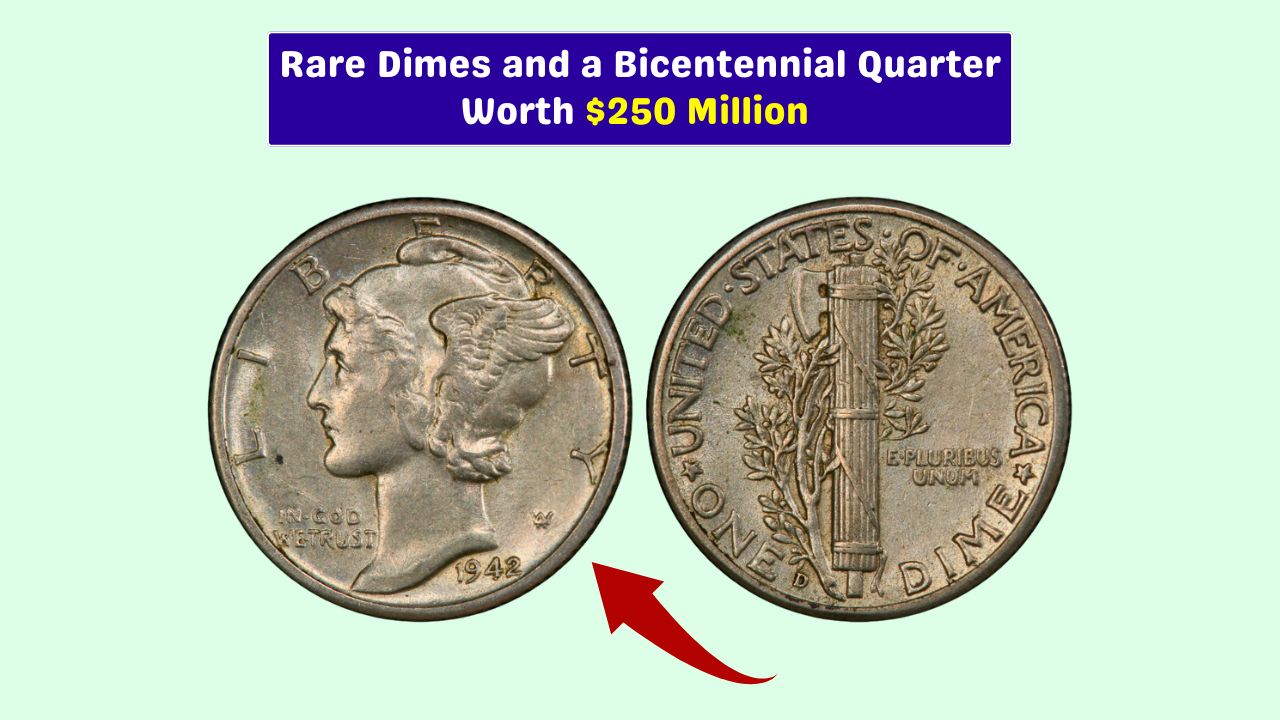The Social Security tax cap is climbing once again in 2025, and if you’re a high earner, business owner, or self-employed professional, this change will touch your wallet.
The new cap will jump from $168,600 in 2024 to $176,100 in 2025—a 4.4% rise. Curious how much more you’ll pay? Want to stay ahead and plan smart? Let’s look into everything you need to know.
Overview
Every year, the Social Security Administration (SSA) adjusts the taxable wage cap to mirror national wage trends. In 2025, the maximum earnings subject to Social Security tax will rise to $176,100.
While the Social Security tax rate of 6.2% isn’t changing, higher wages mean a bigger slice of your income will now be taxed.
Here’s a simple breakdown:
| Aspect | Details |
|---|---|
| New Tax Cap (2025) | $176,100 |
| Previous Cap (2024) | $168,600 |
| Increase in Taxable Earnings | $7,500 (4.4% rise) |
| Employee Tax Rate | 6.2% (unchanged) |
| Employer Tax Rate | 6.2% (unchanged) |
| Self-Employed Tax Rate | 12.4% (unchanged) |
| Medicare Tax | No earnings cap (1.45% + 0.9% surtax for high earners) |
| Effective Date | January 1, 2025 |
| Source | Social Security Administration |
Meaning
So, what is the Social Security tax cap exactly? In simple terms, it’s the maximum amount of income that’s taxed for Social Security each year. If you earn more than the cap, anything over $176,100 won’t get hit with the 6.2% Social Security tax—but Medicare taxes still apply.
If you make less than $176,100, no worries—you’ll continue paying 6.2% on your full earnings.
Breakdown
How does the tax play out based on your work situation?
- Employees: You pay 6.2% on earnings up to $176,100, and your employer matches that.
- Employers: They pay the same 6.2% for each employee.
- Self-Employed: You wear both hats—so you pay 12.4% yourself. Good news though: half of this is tax-deductible.
Trends
If it feels like this cap keeps rising, you’re right. Here’s a quick look:
| Year | Wage Cap | Annual Increase |
|---|---|---|
| 2023 | $160,200 | 9.0% |
| 2024 | $168,600 | 5.2% |
| 2025 | $176,100 | 4.4% |
It’s all about keeping the Social Security system funded while matching wage growth and inflation.
Reason
Why the bump? The SSA updates the cap using the National Average Wage Index (NAWI). As wages rise nationwide, so does the taxable limit. This keeps Social Security benefits aligned with real-world earnings and helps the system stay afloat for future retirees.
Impact
Who needs to pay attention?
- High-Income Earners: If you make more than $168,600 now, expect a bigger tax bill.
- Example: In 2024, if you earn $180,000, you were taxed up to $168,600. In 2025, that taxable amount jumps to $176,100.
- Employers: Bigger payroll costs ahead, thanks to the higher cap.
- Self-Employed Workers: Prepare for a bigger self-employment tax. Smart tax planning is a must.
Here’s a glimpse at the 2025 tax difference:
| Salary | 2024 Tax | 2025 Tax | Tax Increase |
|---|---|---|---|
| $150,000 | $9,313 | $9,313 | $0 |
| $175,000 | $10,453 | $10,453 | $0 |
| $180,000 | $10,453 | $10,918 | $465 |
| $200,000 | $10,453 | $10,918 | $465 |
Preparation
Want to stay ahead of the curve? Here’s what you can do:
- Adjust Withholding: Employees should update W-4 forms to prevent surprises at tax time.
- Update Payroll: Employers, tweak those payroll systems to reflect the new cap.
- Manage Self-Employment Taxes: Maximize deductions and plan smart to cut your taxable income.
- Boost Retirement Savings: Max out 401(k)s, IRAs, HSAs, and FSAs to lower taxable income.
- Review Benefits: Check your estimated Social Security benefits on the SSA website to see the future impact.
Keeping an eye on these changes can help you avoid any nasty tax shocks and even save you some money in the long run.
When it comes to taxes, a little planning goes a long way. Whether you’re an employee, employer, or self-employed, knowing the 2025 Social Security tax cap will help you budget smarter, save more, and avoid unpleasant surprises come tax season.
FAQs
What is the 2025 Social Security tax cap?
The 2025 Social Security tax cap is $176,100.
Did the Social Security tax rate change?
No, it remains at 6.2% for employees and employers.
Who pays the full 12.4% tax rate?
Self-employed workers pay the full 12.4% Social Security tax.
Why does the tax cap increase?
It rises to match national wage growth and inflation.
How much more will high earners pay?
High earners may pay up to $465 more in 2025.









